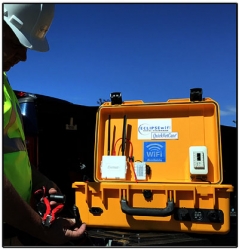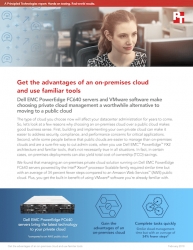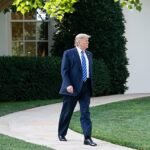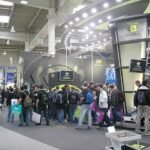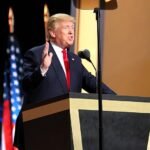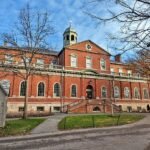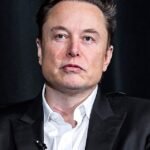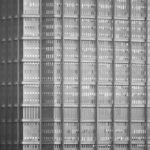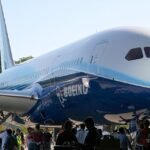Elon Musk is done with the political spotlight—at least for now. After months of wading into Washington’s choppy waters, the billionaire is stepping back, tired of the relentless attacks and ready to pour his energy into what he loves most: building a future with self-driving cars and human colonies on Mars. It’s a return to the dreams that made him a household name, and for those who know Musk, it feels like he’s coming home to his true passions, even as the stakes at Tesla and SpaceX have never been higher.
Musk’s political stint was intense. Last year, he threw himself into the 2024 election, pouring over $288 million into campaigns and launching the Department of Government Efficiency (DOGE) with President Donald Trump to slash federal spending. He pushed for a leaner government, aiming for $2 trillion in cuts, but the results—estimated at $160 billion for 2026—fell short, and the backlash was fierce. Critics slammed his influence, and Tesla’s brand took a hit, with a recent study showing it slipping from the top EV brand to seventh in desirability, trailing behind Audi and Toyota. “I’ve done enough,” Musk said recently, his voice carrying the weight of exhaustion. He’s vowed to cut back on politics, saying his time with DOGE will “drop significantly” next month, though he’ll stay involved through Trump’s term.
Now, Musk’s heart is back with his companies. At Tesla, he’s all-in on autonomous vehicles, betting the company’s future on a robotaxi rollout. He’s promised fully driverless Model Ys hitting Austin’s streets in June, a plan he’s been hyping for a decade but never quite delivered. “The value of Tesla is autonomy,” he told investors, his eyes lighting up as he described a world where cars drive themselves, letting you nap or watch a movie. He’s also pushing the Cybercab, a sleek, steering-wheel-free vehicle unveiled last year, priced under $30,000 and set for production by 2027. But the road’s not smooth. Tesla’s facing safety probes over its Autopilot and Full Self-Driving (FSD) systems, linked to crashes and fatalities, and Musk recently admitted older Tesla models with Hardware 3 will need costly upgrades for true autonomy. Competitors like Waymo, already running driverless taxis in four cities, are outpacing him, and Trump’s new tariffs on Chinese parts could delay Tesla’s plans further.
Meanwhile, Musk’s gaze is fixed on Mars. His company, SpaceX, is gearing up for a Starship test flight next week, and Musk’s planning a live-streamed talk from Starbase, Texas, to lay out his “Mars game plan.” He’s dreaming big: sending an uncrewed fleet to the Red Planet in 2026, when Earth and Mars align, and landing humans by 2029. “Mars is about preserving humanity,” he said, painting a picture of a self-sustaining city that could one day save Earth if disaster strikes. But the challenges are daunting. Starship’s last test ended with the spacecraft exploding, and NASA’s own Moon-to-Mars program calls a 2040 Mars landing “audacious.” Still, Musk’s undeterred, driven by a vision of humans as a multi-planetary species. “It’s the most exciting thing that could happen,” he said, half-joking about the adventure’s risks, “if you don’t die.”
For Musk, this pivot feels personal. Friends say he’s been drained by politics, yearning to return to the engineering challenges that spark his creativity. Tesla’s stock is shaky, down 6% recently amid a 9% revenue drop, and SpaceX’s Starship faces pressure to deliver as China aims for Mars by 2038. Yet Musk’s optimism shines through. He’s betting on Tesla’s neural networks, trained on billions of driving miles, and SpaceX’s relentless pace to make his dreams real. For fans, it’s thrilling to see him refocus; for skeptics, it’s another round of big promises from a man who’s often late delivering.
As Musk steps away from the political fray, he’s carrying the hopes of those who see him as a visionary. Whether he’s navigating Austin’s streets with robotaxis or planting humanity’s flag on Mars, he’s chasing a future that feels just out of reach—but one he’s determined to grasp. “Civilization has to hold strong for Mars to thrive,” he said recently, a reminder that for him, it’s not just about tech—it’s about giving humanity a shot at the stars.



